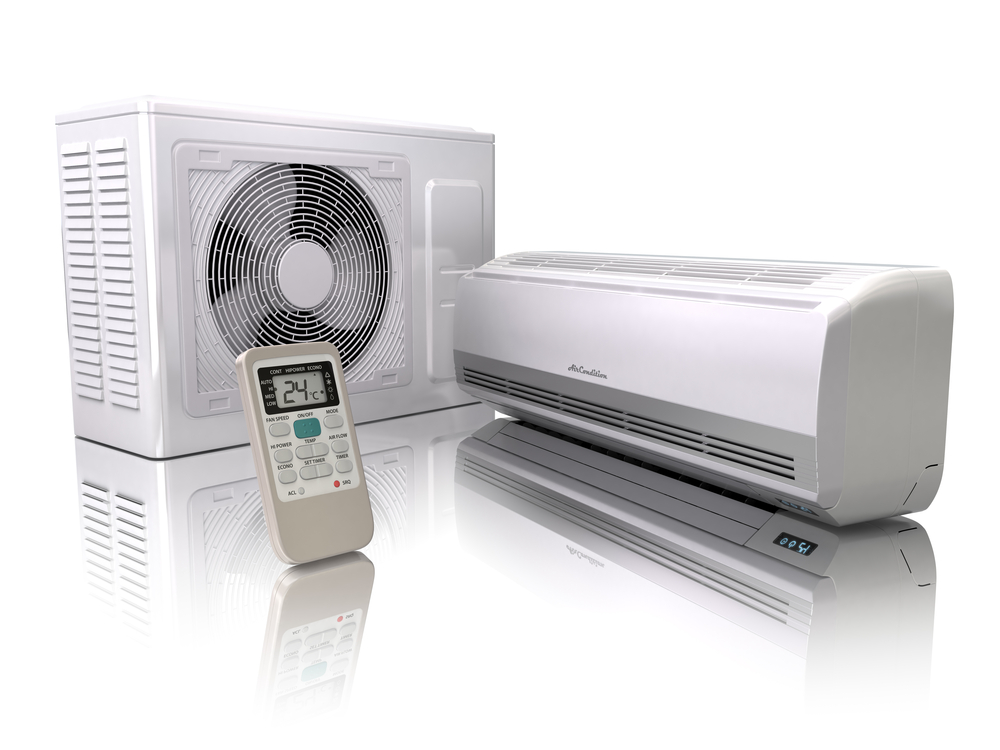Modern living is incomplete without reliable cooling solutions, and air condition systems play a vital role in maintaining comfort in homes, offices, and commercial spaces. These systems are designed to regulate temperature, control humidity, and improve indoor air quality, making them an essential part of everyday life. Understanding how they work, their types, maintenance needs, and energy-saving tips can help you choose and maintain the perfect system for your needs.
The Purpose of Cooling Systems
The main function of a cooling system is to remove heat from indoor spaces and replace it with cool, filtered air. This creates a comfortable environment regardless of the outside temperature. Beyond comfort, air conditioning also helps protect electronics, preserve perishable goods, and reduce health risks associated with excessive heat and poor air circulation.
How Cooling Systems Operate
Air conditioning works on the principle of heat transfer. Warm indoor air passes over evaporator coils containing refrigerant, which absorbs the heat. The refrigerant then flows to the outdoor unit, where the condenser releases the heat outside. Fans, compressors, and thermostats work together to maintain a steady and desired temperature inside.
Different Types of Cooling Units
There are several types of cooling systems to suit different needs. Window units are compact and ideal for single rooms. Split systems offer quiet operation and flexible installation for multiple spaces. Central air conditioning covers an entire home or building, while portable units are convenient for temporary use. Ductless mini-splits are great for spaces without pre-installed ductwork.
Choosing the Right Size and Capacity
Selecting the correct capacity is crucial for efficiency and performance. A system that’s too small will struggle to cool the space, while an oversized system will cycle on and off too frequently, wasting energy. Factors like room size, insulation quality, ceiling height, and number of occupants all influence the required cooling capacity.
Key Features to Look For
When buying a cooling system, modern features can enhance comfort and efficiency. Look for energy-efficient models with a high SEER rating, programmable thermostats, variable-speed fans, and air purification filters. Some units also have smart connectivity, allowing you to control the system remotely through a mobile app.
Importance of Proper Installation
No matter how advanced the unit is, poor installation can lead to frequent breakdowns, higher bills, and reduced lifespan. Proper installation includes correct placement of indoor and outdoor units, secure connections, and proper refrigerant levels. Always hire certified professionals to ensure the system runs at its best from day one.
Routine Maintenance for Longer Life
Regular maintenance keeps a cooling system running smoothly. This includes cleaning or replacing air filters every month during heavy use, inspecting refrigerant levels, cleaning condenser coils, and checking electrical connections. Seasonal servicing before summer ensures the system is ready to handle peak demand.
Signs Your Cooling System Needs Attention
Unusual noises, weak airflow, warm air output, or unpleasant odors are warning signs of trouble. Higher electricity bills without changes in usage may also indicate reduced efficiency. Addressing these issues early prevents costly repairs and keeps your system working effectively.
Energy Efficiency Tips
To keep energy consumption low, set the thermostat to a comfortable but not excessive cool level. Use ceiling fans to circulate air more efficiently, close curtains during peak sunlight, and ensure your home is well-insulated. Regular servicing and timely repairs also contribute to reduced energy use.
Health Benefits of Clean Cooling Systems
A well-maintained cooling system improves indoor air quality by filtering dust, allergens, and pollutants. This is especially important for people with asthma, allergies, or respiratory issues. Proper humidity control also prevents mold growth, which can harm both health and property.
Common Problems and Their Solutions
Frequent issues include refrigerant leaks, clogged filters, frozen coils, and thermostat malfunctions. While some problems like filter cleaning can be handled by homeowners, refrigerant handling and electrical repairs should be done by professionals to avoid safety hazards.
When to Consider Upgrading
If your cooling unit is more than 10-15 years old, requires frequent repairs, or is inefficient compared to newer models, it may be time for an upgrade. Modern systems consume less energy, provide better cooling, and come with advanced features that improve convenience and comfort.
Costs and Long-Term Savings
The upfront cost of a cooling system varies based on type, brand, and features. While high-efficiency units may cost more initially, they save money in the long run through reduced energy bills and fewer repair needs. Government rebates and incentives for energy-efficient systems can also lower the overall investment.
Professional Help for Repairs and Maintenance
Even the best systems require expert servicing. Certified technicians can diagnose problems quickly, ensure repairs meet safety standards, and help you get the maximum performance from your investment. Annual maintenance contracts can provide peace of mind and consistent system care.
Final Thoughts
Cooling systems are a necessity in today’s climate, offering comfort, safety, and improved indoor air condition systems , By understanding how they work, selecting the right model, and keeping them well-maintained, you can enjoy years of efficient performance. Whether for your home or business, a good cooling system is a valuable investment that enhances your daily living experience.


